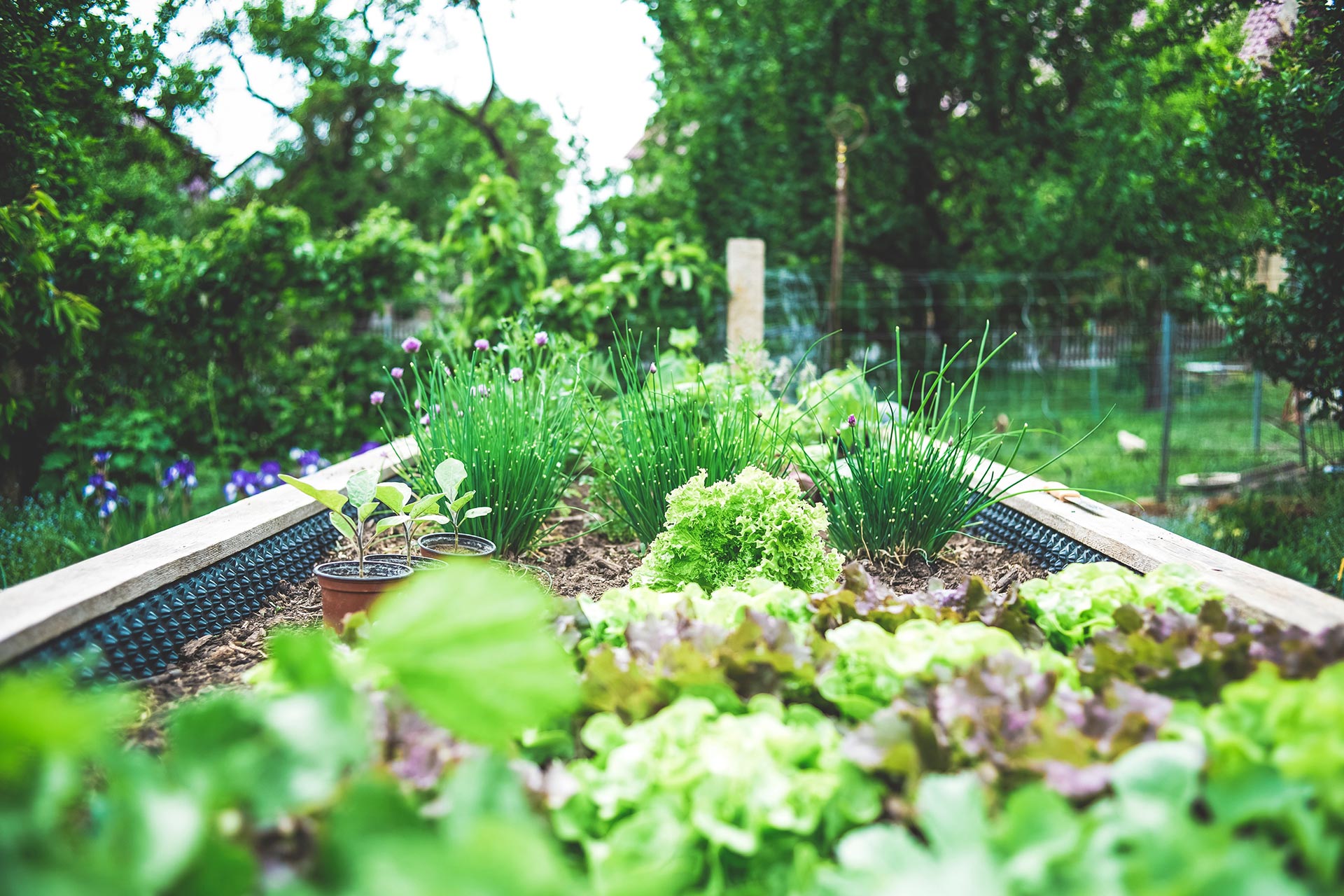Register Your Interest

Register your interest

Right now, the mornings are crisp, and the days are getting longer. With the clouds clearing (most of the time), it's the perfect time to prepare your garden for Spring and decide which plants you want to grow.
To inspire you and get you moving, here’s our comprehensive guide on how to prepare your garden for Spring, along with our round up of some of the best plants and veggies to plant and make your neighbours green with envy!
Getting your garden ready.
First up, you need to prep your garden. Give it a thorough spring clean by clearing all your beds and borders of any debris that may have accumulated over the winter months. Sweep and rake up any leaves and add them to your compost bin. Remove any weeds or scrappy veggies that have survived the Winter and don’t forget to trim your path edges with a spade or whipper snipper. It’s also a great time to get pruning. Cut away dead wood and trim back any leggy growth, allowing new shoots and buds all the space and light they need to get going for spring and summer.
Next, make sure your soil is ready for any planting. Start by turning the soil over with a pitchfork and raking it out and clearing any weeds that may have sprung up over Winter. Follow this by digging in lots of well-rotted manure or compost and add a sprinkle of organic fertiliser, like chook poo pellets. Use your own compost if you have a compost bin—or, if you don’t, use store-bought compost or manure to add nutrients to the soil. But remember to add compost or manure a couple of weeks before planting something, so it has time to mix well with your soil and doesn’t burn the roots of your new plants.
Then, once your soil is well-nourished and moist, add a thick layer of mulch to conserve moisture and save yourself time and money on the watering front, as well as keeping weeds to a minimum. But make sure you leave an un-mulched margin around the stems and trunks of each plant, to prevent rot.
Now… what to plant?
The types of plants and veggies you can grow in your garden will generally depend on the soil conditions and climate where you live – and, with a climate as diverse as Australia's, it's important to know which plants are best suited to your region so that you get the very best results.
While Victoria’s is characterised by a range of different climate zones, the vast majority of the State, including metropolitan Melbourne, Geelong and surrounding areas, is classified as temperate with no dry season, cooler winters and a warm summer. And the good news is… there’s no shortage of plants that will flourish in these conditions – Victoria is not known as the Garden State for nothing!
Flowers
On the flower front, popular options to plant from September onwards include…
Vegetables.
But Spring is not just a great time to get floral. There’s nothing as rewarding as using homegrown vegetables for freshness and flavour. There’s a vast range of produce you can grow yourself at home, and Spring is the ideal season to start planting many of your favourites for a steady crop until next Winter.
From September onwards, options include broccoli, cabbages, carrots, cauliflower, celery, cucumbers, endives, leeks, lettuces, onions, parsnips, parsnips, pak choi, peas, radishes, rocket, snow peas, strawberries and sweet corn. Potatoes are ideal for breaking up hard clay soils and are a perfect crop in terms of a return for effort, with each tuber yielding 10 potatoes.
If you live in an area prone to frost, start growing your early summer vegies indoors, in a glasshouse or cold frames. Seeds like tomatoes, eggplant and capsicum can all be started this way ready for planting in the ground when the air and soil temperatures are warmer from October onwards. Easy seeds such as peas, beetroot, silver beet and spring onions are also worth growing and can all be sown directly into well prepared soils.
Herbs.
Why not step up your cooking even further by having your own fresh, seasonal herbs to hand. Spring gardeners can begin planting out staples like chives, dill, mint, oregano, parsley, sage, thyme and coriander. But hold off on planting the ever-popular basil for a little while longer though, as it’s especially sensitive to the cold.
Fruit Trees.
If fresh fruit is your thing, deciduous fruit trees such as pears, peaches, apples and plums can all be planted in early spring, when they can be purchased bare rooted. But it’s better to wait until slightly later to plant evergreen fruit trees, like lemons, oranges and cumquats once the soil has warmed up. Also bear in mind that:
Native plants.
If you want to bring birds into your garden, plant some natives. Even better, because they’ve evolved for local conditions, indigenous plants are well adapted to the soils and climate of the area and generally tend to require less maintenance than most exotics. Plus, they’re also effective at helping to maintain local ecosystems.
Don't be afraid to ask the experts.
Of course, if you really want to know what grows well in your ‘hood, who better to answer your questions than the team at your local nursery or local garden supply store? They grow plants for a living, and their hands-on, year-round experience means they’re ideally positioned to offer useful gardening tips and suggestions. Most importantly, they’re more likely to understand the specific soil, climate and pest challenges in your area and can recommend exactly what plants will not just survive but thrive.
So… what are you waiting for? Get ready to channel your inner green thumb, grab your gloves and your gardening tools and get planting!

Register your interest